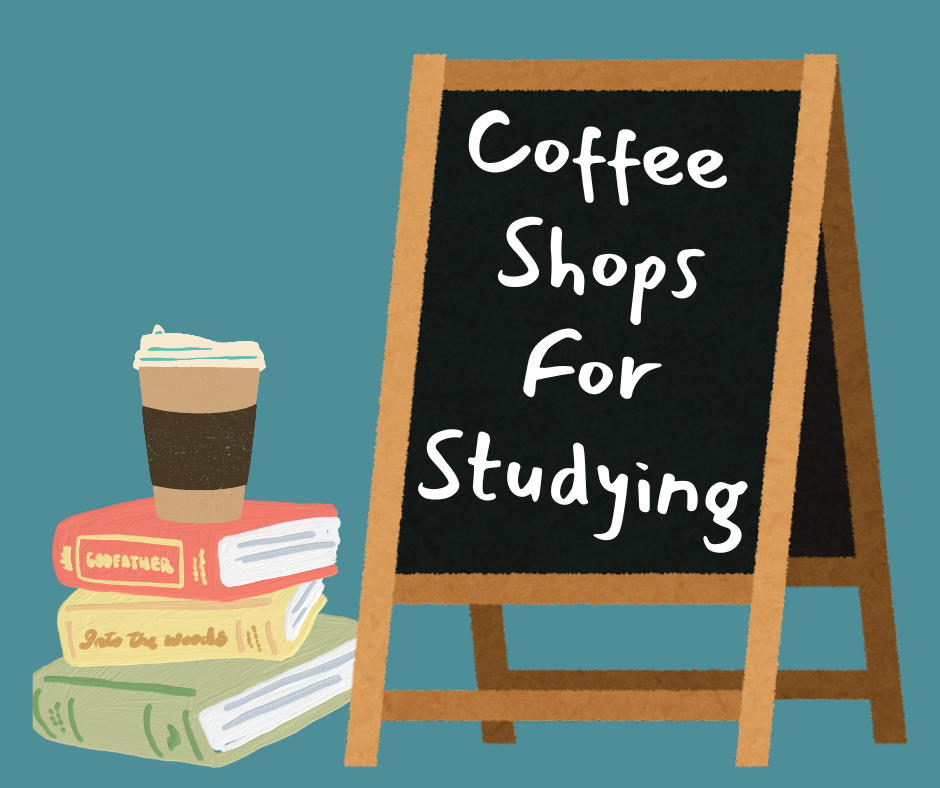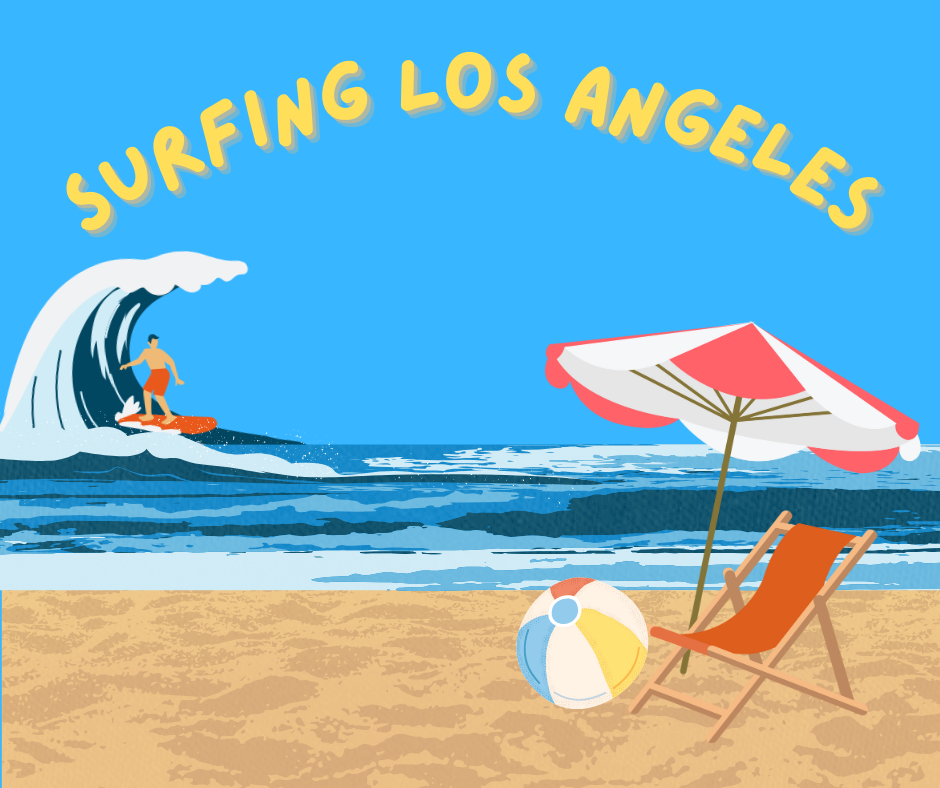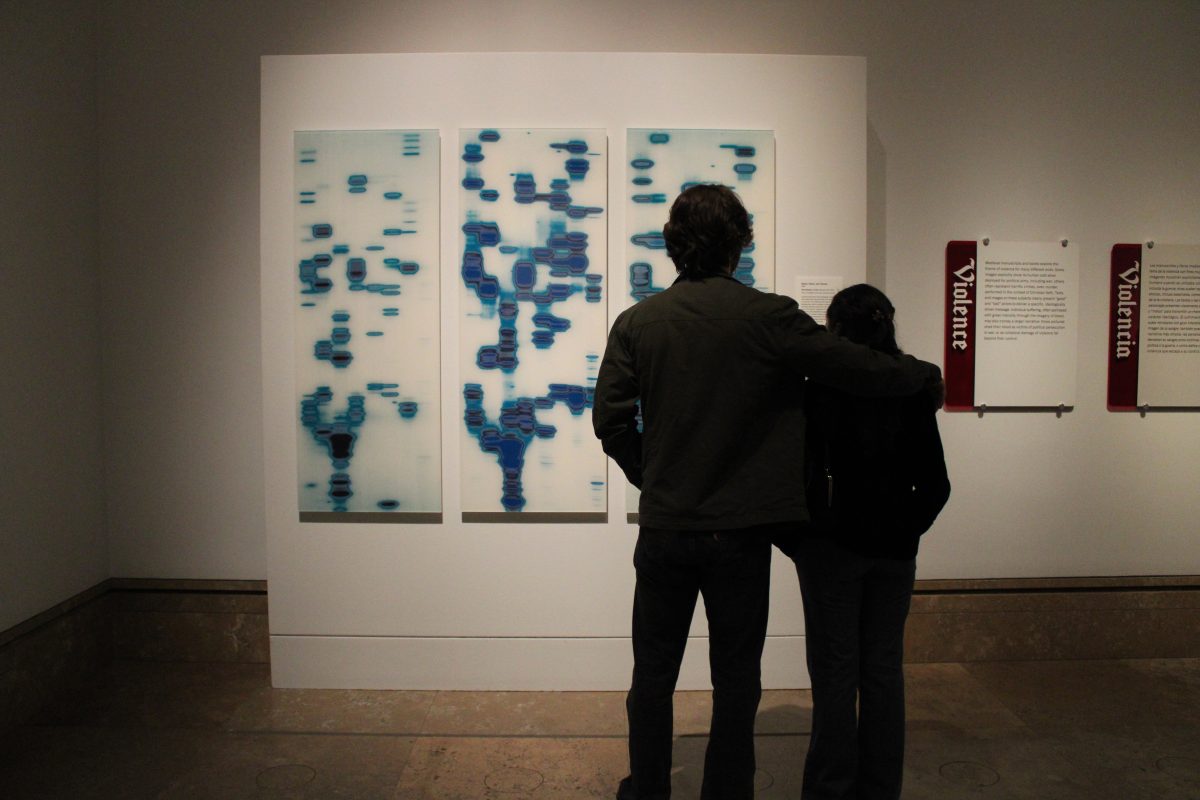
In every person’s life, there are distinct moments that define and shape the person they become. These moments can be big or small, comical or heart-breaking, and are often overlooked until years down the road, when in retrospect, they stand out among the rest as events that laid the groundwork for one’s life. As they say, hindsight is 20/20.
Nearly six years ago, when Jafet Sauceda picked up a thick yellow book in the corner of his high school’s library, he had no idea it would act as the catalyst for his educational path.
Growing up in the San Fernando Valley, Sauceda, 21, spent much of his youth thinking higher education wasn’t an option for him.
Now a senior majoring in deaf studies, he reflects on how far he’s come from those initial doubts.
“To be honest, I saw college as something for those who had the money, the resources, and the strong educational foundation,” Sauceda said. “I didn’t think I had a shot at it.”
As a first-generation college student, the quiet and serious Sauceda has the kind of past that made him the ultimate underdog; filled with a tragic family death, depression, and food stamps, statistically, he has no business being where he is today.
When Sauceda’s mother passed away from breast cancer on Mother’s Day in 2000, her death left in its wake a broken 10-year-old boy, whose depression led to be an educational hindrance.
Not long after, when Sauceda’s father suddenly found himself unemployed, the family had to rely on government assistance to get by.
“I was really embarrassed by it,” Sauceda said. “You know, I wouldn’t want to go to school because I would wear the same clothes everyday. I tried to hide everything that was going on at home.”
Although his father did his best to care for Sauceda and his two older siblings, being a single parent meant less time for school functions and more time working at his two jobs.
Due to this lack of parental support throughout middle school and early high school, Sauceda slipped deeper and deeper into an educational rut that left him feeling hopeless, he said.
It wasn’t until his sophomore year of high school that Sauceda said he stumbled upon the yellow book in the library, and his eyes were opened to the world of deaf studies. Filled with pictures of hands and faces, this American Sign Language (ASL) dictionary was filled with what was, quite literally, a foreign language to Sauceda.
“I thought, ‘What is this? Voodoo?’” said Sauceda, recalling his first encounter with ASL.
As fate would have it, talking to a CSUN recruiter, Sauceda learned one of the few universities in the country that offers deaf studies as an undergraduate major is located mere miles from where he lives.
He said the acceptance letter from CSUN and the involvement in the Educational Opportunity Program (EOP) changed his life.
In the spring of 2008, Sauceda discovered a job opportunity at Sylmar High School, the school he had graduated from less than a year earlier.
To the bafflement of faculty, he returned to his old stomping grounds as a teacher’s assistant to make a difference in the lives of students.
At the time, Sylmar’s foreign language department was limited to French and Spanish, but Sauceda was determined to change that. He firmly believed that adding ASL to the school’s curriculum would prove to be an asset to students. After months of petitioning and talking to administrators, Sylmar High School began their first ASL classes.
Through these classes, Sauceda said he saw a change in the students, as they became enthusiastic about the language and their newfound ability to communicate with people who had long been unreachable.
“Students had family members who were deaf or hard of hearing, and for so many years, they couldn’t communicate with their parents,” Sauceda said.
These days, when he’s not teaching his students new signs for words or giving them feedback in the classroom, he’s finishing up his own classes at CSUN in order to graduate.
Once he graduates, Sauceda plans to finish what he started at Sylmar High School, while pursuing a career as an educator at a sign language school for the deaf, he said.
His humble beginnings may seem inspiring, but Sauceda modestly disagrees. Despite the hardships he’s faced, he credits his optimism to the joy he gets from giving back to his community.
While he’s got his eyes on the future, he has a firm grasp of his roots, which he believes played an integral role in making him who he is.
“I finally realized that it all had a place,” Sauceda said. “If it wasn’t for that book, if it wasn’t for that college recruiter, if it wasn’t for that deaf studies program, I wouldn’t be where I am today.”





